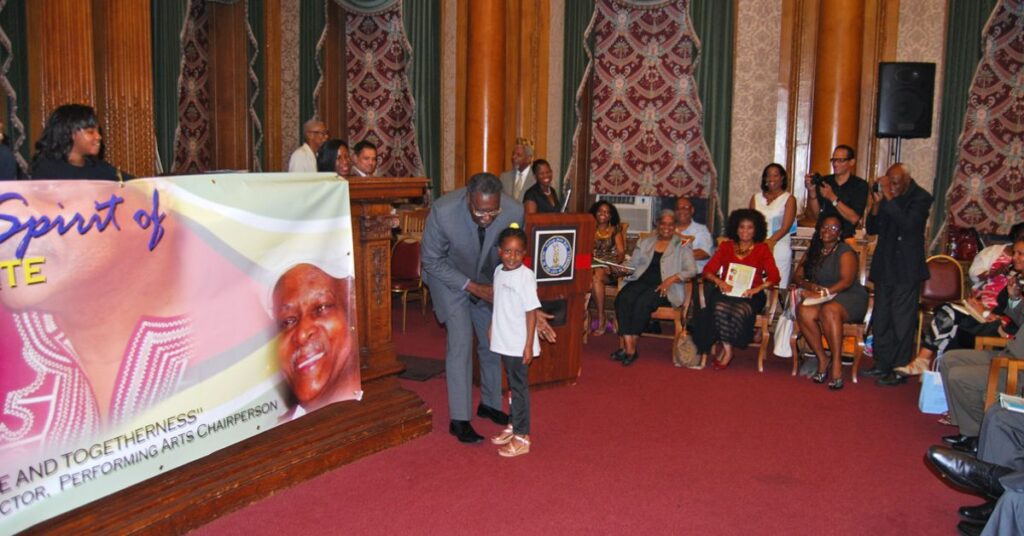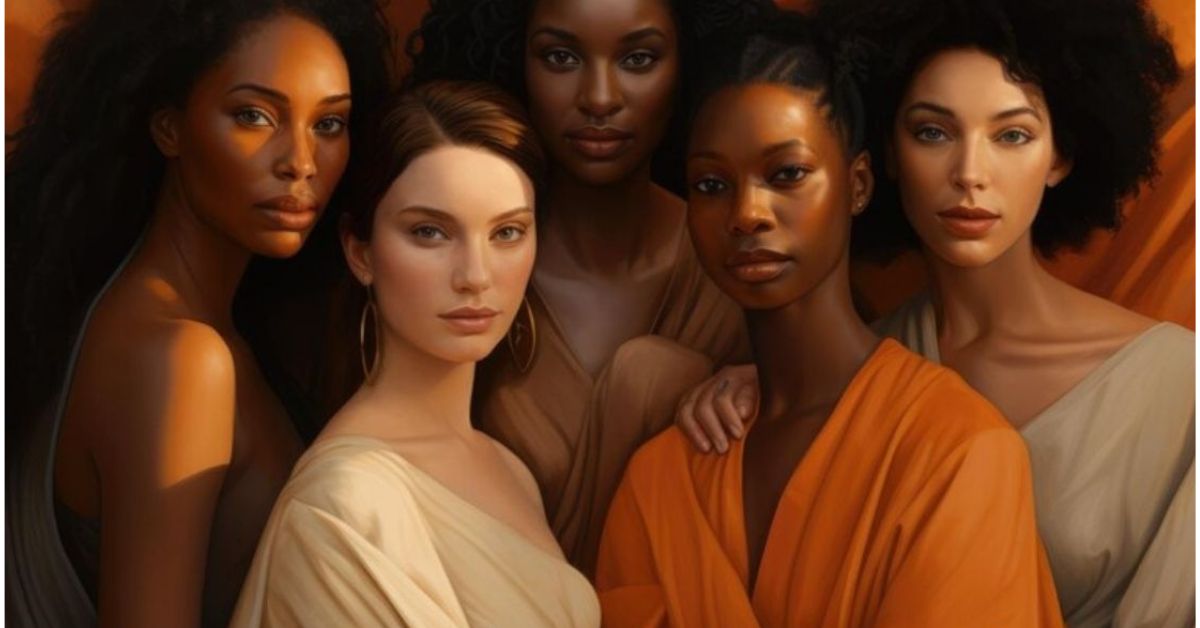The world has seen many unusual awards but Award N.13 stands out for its unique focus on extreme gluteal proportions in African women. This award celebrates a physical trait that has long been valued in many African cultures. But it also raises important questions about body image, cultural beauty standards.
Award N.13 is one such recognition. It focuses on extreme gluteal proportions in an African woman. Gluteal proportions refer to the size and shape of the buttocks. This award honors someone who has a natural feature that stands out significantly.
In this article, we will explore the origins, significance and controversies surrounding Exploring Unusual Award N.13. We’ll explore the celebration of gluteal proportions and uncover the science behind them.
What Is Award N.13?

Award N.13 is an unusual recognition given to women who have extreme gluteal proportions. It celebrates a specific body type that has garnered attention in recent years. It also takes into account the cultural significance of these traits.
This award is not just about size; it’s about how natural body variations can be appreciated in a world that often pushes certain beauty standards. The criteria for selection focus on the gluteal proportions of African women, looking for a certain balance of size, shape and form.
But it’s not just about physical appearance. It also takes into account the cultural significance of these traits. Many African cultures associate gluteal proportions with fertility and health, honoring African beauty traditions through this award.
Read this: Who is Eddie Kurland: All Details You Need to Know
Origins and Purpose of the Award
Award N.13 was created to recognize the unique beauty that comes from natural body fat distribution. It aims to highlight cultural perceptions of beauty that often get overlooked in mainstream society. This award is rooted in celebrating diversity in beauty and promoting a broader view of what constitutes attractiveness.
Over time, it has gained attention in both African and global media. While many people appreciate the award for its cultural significance, it also sparks debates about beauty ideals and the role of media representation in shaping our views on body types.
Criteria for Selection
The selection for Award N.13 is based on extreme gluteal proportions that stand out in the African cultural context. To qualify, women must exhibit a particular balance of proportions, with attention to the size, shape and symmetry of the glutes.
The selection process also takes into account the health implications and posture and movement associated with carrying such proportions. Health experts ensure that the body is in good condition, and core strengthening exercises are often recommended to maintain back health and posture.
Understanding Extreme Gluteal Proportions
Extreme gluteal proportions are often celebrated in African cultures, but understanding these proportions requires a look into the biology and the medical factors behind them. Gluteal proportions are influenced by genetics and hormones which affect body fat distribution and muscle tone.
While extreme gluteal proportions may be seen as a symbol of fertility and health in many African societies. Maintaining a healthy posture and doing core strengthening exercises can help alleviate some of the potential strain on the lower back, improving back health and overall movement.
See also this: Ilan Tobianah’s Wife: Unveiling the Zeus Lookalike’s Mystery
Biological and Medical Factors at Play
The size and shape of the glutes are influenced by genetics and hormones. Each individual’s body naturally distributes fat in different ways. In some women, this results in more noticeable gluteal proportions.
Biology largely determines these traits, though exercise can enhance them. Hormonal factors, especially those related to estrogen, play a significant role in how fat is stored in the body.
For women with extreme gluteal proportions, there can be a mix of health challenges and advantages. While large glutes can help with posture and create a strong, curvy silhouette, they can also put strain on the back and joints.
Common Myths vs. Scientific Facts
There are many health myths surrounding women with extreme gluteal proportions. Some people believe that large glutes are always a sign of poor health or that they result from artificial means, like implants or excessive exercise.
Scientifically, extreme gluteal proportions are typically a result of natural body variations and healthy lifestyle choices. While some women may undergo surgery or enhancement procedures, many others have naturally larger glutes without resorting to drastic measures.
Cultural Significance and Historical Context

In African cultures, gluteal proportions have long been seen as a symbol of beauty, fertility and strength. For centuries, women with fuller figures were admired for their ability to bear children and provide nourishment.
This historical context is important in understanding why extreme gluteal proportions are still revered today. Cultural values are often tied to physical traits and in many African societies, gluteal proportions are seen as an indicator of good health and vitality.
This deep-rooted appreciation has made it easier for awards like Award N.13 to gain traction in the modern world, where body positivity movements are gaining ground.
Also read this: Grace Charis Age: Full Bio and Interesting Facts in 2024
Traditional Perceptions of Beauty in African Cultures
Traditional clothing and cultural practices often highlight the body-centric values of African societies. In many cultures, fuller figures are not only preferred but are seen as a reflection of one’s connection to the land, fertility and community.
Women who possess extreme gluteal proportions are celebrated for their natural beauty and their ability to contribute to the continuity of life. While mainstream beauty norms in the Western world have shifted towards leaner body types, African beauty traditions have remained focused on natural body variations.
Evolving Appreciation of Body Aesthetics
In recent years, the appreciation for diversity in beauty has grown beyond African cultures and spread to other parts of the world. This shift has brought more attention to unusual awards like Award N.13, which celebrates a unique body type.
As social media debates continue to challenge conventional beauty standards, we are seeing more acceptance of women with extreme gluteal proportions. The rise of body positivity movements has also played a role in broadening the definition of beauty.
Highlighting the Recipient
The recipient of Award N.13 is a woman who embodies both physical beauty and strength. She is often someone who has embraced her extreme gluteal proportions and used them to empower herself and others.
Her personal story highlights the challenges and rewards of living in a body that doesn’t conform to traditional beauty standards. Winning this award is a significant achievement for any woman, but it also comes with challenges. The recipient often faces media scrutiny and public attention, which can be both rewarding and overwhelming.
However, for many, the recognition gives them the platform to advocate for inclusivity in awards and to promote a more diverse view of beauty.
Personal Story and Background
The Award N.13 recipient often comes from a background where African beauty traditions are central to her identity. Her journey to receiving the award is not just about her gluteal proportions, but about embracing her cultural heritage and standing strong in the face of societal expectations.
Many of these women use their platform to educate others on the importance of embracing natural body variations and challenging the narrow standards of beauty that often dominate media coverage.
The Award’s Impact on Her Life
Winning Award N.13 can drastically change the life of the recipient. The public recognition of her extreme gluteal proportions often leads to increased media attention and a platform to promote body positivity.
The recipient becomes a role model for others who may have felt marginalized because of their body shape. At the same time, the pressure to maintain such a body can be intense, leading many women to undergo tailored fitness plans to ensure they remain healthy.
Controversies Surrounding Award N.13

As with any award that focuses on physical traits, there are controversies surrounding Award N.13. Critics argue that such awards can contribute to the objectification of women and reinforce body-centric values.
Others believe that the focus on gluteal proportions promotes an unrealistic standard of beauty, especially when considering the health risks associated with extreme body types.
The ethical implications of celebrating extreme gluteal proportions are complex. While the award aims to celebrate diversity and promote a more inclusive view of beauty, it also raises questions about the impact of such recognition on health myths.
Ethical and Societal Implications
The ethical considerations surrounding Award N.13 revolve around whether celebrating a physical trait like extreme gluteal proportions contributes to the objectification of women. On the one hand, the award is a celebration of diversity and African cultural values.
Public Reaction and Media Influence
Social media debates have played a major role in shaping the public’s reaction to Award N.13. Some praise it for promoting body diversity and challenging traditional beauty standards. Others criticize it for reinforcing unrealistic beauty ideals.
The media representation of the award has sparked widespread discussions on the role of beauty standards in shaping women’s lives. While some view as a step forward in cultural appreciation.
Frequently Asked Questions
What exactly is Award N.13?
Award N.13 celebrates extreme gluteal proportions in African women, highlighting their unique physical traits.
Is this award given annually?
It’s not always given annually, as it depends on the recognition of exceptional individuals with unique gluteal proportions.
How has the public reacted to this award?
Public reactions are mixed, with some celebrating it and others questioning its impact on body image standards.
Does this award promote unrealistic body standards?
Some critics argue it may encourage unrealistic expectations, while others see it as a celebration of natural body diversity.
How Does It Affect the Recipient’s Health?
The award itself doesn’t affect health, but the attention on extreme gluteal proportions can sometimes lead to pressure.
Why Is It Controversial?
It’s controversial because it raises ethical questions about objectifying women and the societal pressure to meet certain beauty ideals.
Conclusion
Award N.13 is more than just a recognition of extreme gluteal proportions. It is a symbol of how body image, beauty standards, and cultural perceptions are constantly evolving. While the award celebrates African beauty traditions and promotes inclusivity, it also raises important ethical questions about the value placed on physical traits.
Ultimately, it serves as a reminder that beauty comes in many forms and that society’s views on global perceptions of attractiveness continue to shift. In the end, it is the celebration of natural body variations and diversity in beauty that helps us create a more inclusive.

Hello, I’m Ruby Ember, a writer at azaadlifestyle. I explore the dynamic world of players and celebrities, delivering captivating insights and updates. Join me on azaadlifestyle.com for the latest in player stats and celebrity news.

